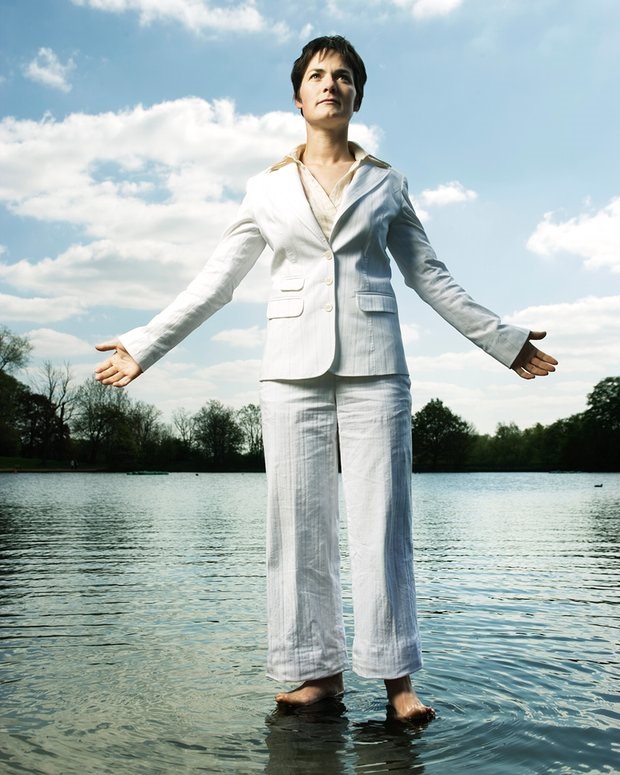The eco guide to good plastic

Last summer Adidas released a good-looking trainer with uppers made using plastic recovered from the ocean. Everyone was very excited, but my response was: “That’s not the most efficient way of cleaning up the ocean.” Cruel, but I had no choice. If we carry on creating and consuming plastic as we are now, and hoping that trainer innovation will do the heavy lifting (it won’t), by 2050 there will more pieces of plastic in the ocean than there are fish. It seems overwhelming. Almost every piece of plastic ever produced that has not been burned (burning causes toxic emissions), still exists. But I am excited by the New Plastics Economy, an initiative launched by the Ellen MacArthur Foundation, offering a vision of a global economy where plastics never become waste, and how we achieve that goal step by step. Admittedly it was endorsed by 40 major brands, some of which have made fortunes exploiting single-use plastic packaging. But it’s smart, it’s bold and it gives us a plan to disrupt our pattern of use, redesign plastic as a material and get a grip. Unilever has already announced that by 2025, all of its plastic packaging will be fully reusable, recyclable or compostable. Here’s some good plastic protocol for everyday life: small bits of plastic packaging such as lids, sachets and films pose the biggest nightmare. If you really can’t avoid plastic packaging, make sure it’s made from a straightforward polymer rather than an obscure one. Check for PET on the bottom, this can be recycled bottle-to-bottle, or HDPE (as in milk containers). Avoid coloured plastic, which can rarely be recycled. The New Plastic Economy is an ambitious initiative. Begin by walking the walk (whatever your trainers are made from). Across the earth, countries are now competing to plant the greatest number of saplings in the shortest amount of time. Since 2014 Australia, Pakistan and Ecuador have held the world record for a mass reforestation effort. But their efforts have been overtaken by India where, last year, 50m trees were planted in under 24 hours. But don’t expect that record to be held for long. The mass tree plant is upon us. ‘We are a shop selling stuff’, reasons Linda Hewson, Selfridges creative director, ‘so let’s take a closer look at the very materiality that makes it.’ That’s the rationale behind the sustainability campaign, Material World: What on Earth Are You Wearing?, showcasing a group of sustainable fashion performers (nicknamed the Brights, as in Bright Young Things). Each of the Brights tells their story, from kilt pleating to yak wool, by dressing one of the store’s famous windows. A charming animated film by Anna Ginsburg using illustrations by Sara Andreasson does the same job, turning chewy ethical fashion conundrums (including the ethics of grazing sheep) into clear, compelling reasons to buy better. So well done Selfridges (it’s almost enough to distract attention from the store’s Primark concession).
Read more: https://www.theguardian.com/environment/2017/feb/05/the-eco-guide-to-good-plastic

